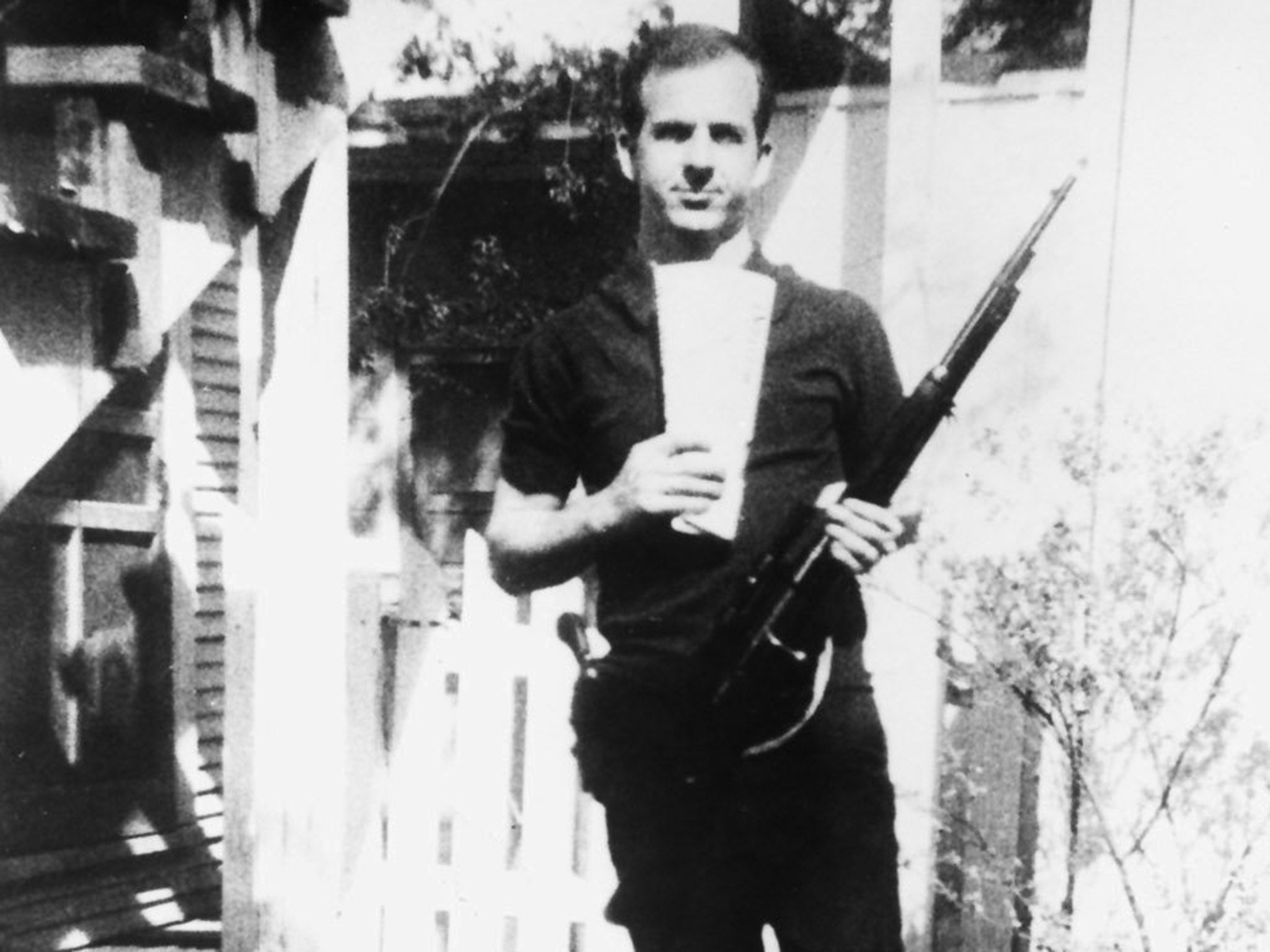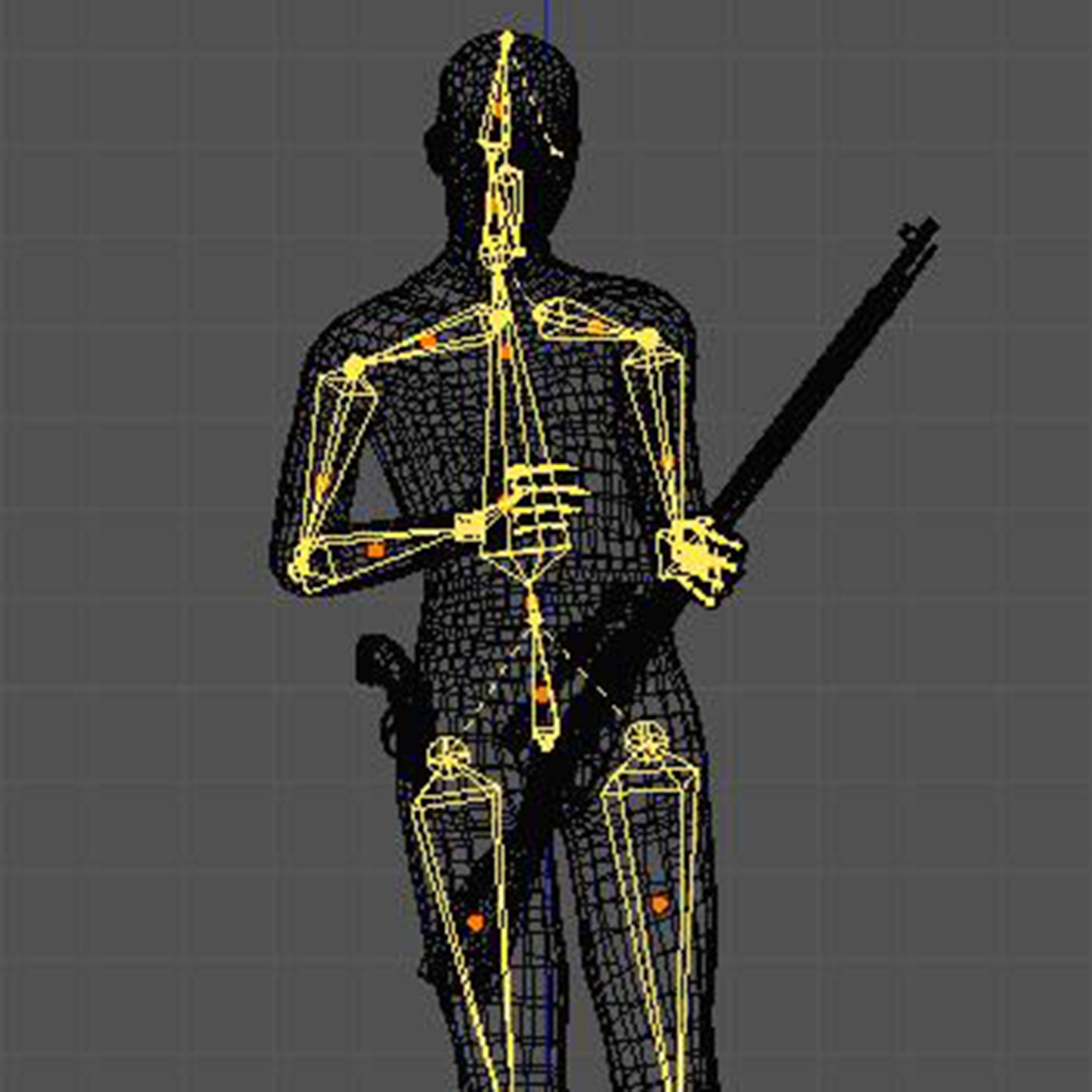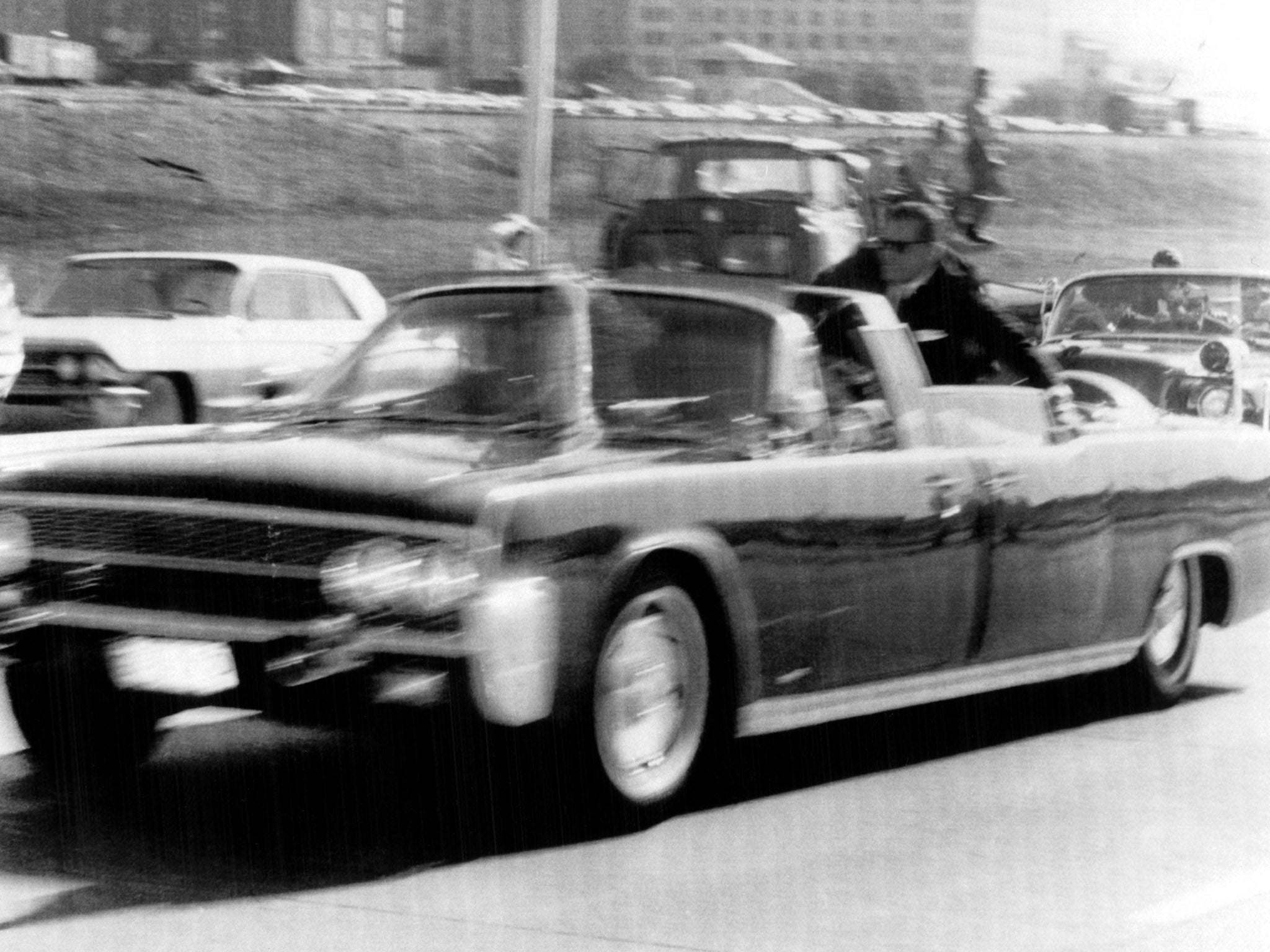John F Kennedy assassination: Photo showing Lee Harvey Oswald with same type of gun used to kill JFK 'authentic'
Oswald had claimed the photo had been faked when shown it by Dallas Police

Your support helps us to tell the story
From reproductive rights to climate change to Big Tech, The Independent is on the ground when the story is developing. Whether it's investigating the financials of Elon Musk's pro-Trump PAC or producing our latest documentary, 'The A Word', which shines a light on the American women fighting for reproductive rights, we know how important it is to parse out the facts from the messaging.
At such a critical moment in US history, we need reporters on the ground. Your donation allows us to keep sending journalists to speak to both sides of the story.
The Independent is trusted by Americans across the entire political spectrum. And unlike many other quality news outlets, we choose not to lock Americans out of our reporting and analysis with paywalls. We believe quality journalism should be available to everyone, paid for by those who can afford it.
Your support makes all the difference.Can the conspiracy theories finally be put to rest? An incriminating photograph which showed Lee Harvey Oswald in his backyard, holding the same type of rifle used to assassinate President John F. Kennedy, has been confirmed as authentic after an examination using the latest forensic techniques.
Theories that the photo was a fake have been used to cast doubt on the evidence pointing to Oswald as the sole assassin of the President on November 22, 1963.
Oswald, killed before he could stand trial, claimed the photo, in which he brandished a rifle in one hand and Marxist newspapers in the other, had been faked when shown it by Dallas Police. Its veracity was examined by The Warren Commission and the House Select Committee on Assassinations.
Now researchers at Dartmouth College, New Hampshire, have used a new digital image forensics technique and a 3-D model of Oswald, for the study, published in the Journal of Digital Forensics.

“Our detailed analysis of Oswald's pose, the lighting and shadows and the rifle in his hands refutes the argument of photo tampering,” said senior author Hany Farid, a professor of computer science and a pioneering researcher in digital forensics whose team develops mathematical and computational techniques to detect tampering in photos, videos, audios and documents.
Claims that the picture was a composite have centred on the lighting and shadows in the photo, said to be inconsistent. Oswald's facial features are inconsistent with other photos of him and the size of the rifle is inconsistent with the known length of that type of rifle, it has been argued. Oswald’s pose is physically implausible, as it appears as if he is standing off balance, it is claimed.
Studies by Farid in 2009 and 2010 rejected the claim that the lighting and shadows are inconsistent, but did not address claims that Oswald’s pose is physically implausible. In the new study, Farid and his team conducted a 3-D stability analysis to determine if this claim was warranted.

Farid’s team built a physiologically plausible 3D model of Oswald and posed this model to match his appearance in the backyard photo. By adding the appropriate mass to each part of the 3D model, they were able to perform a balance analysis on the 3-D model. This analysis revealed that although Oswald appears off-balance, his pose is stable. The analysis also demonstrated that the lighting and shadows are physically plausible and the length of the rifle is consistent with the length of the rifle used to kill the president.
Farid said: “Our analysis refutes purported evidence of manipulation in the Oswald photo, but more generally we believe that the type of detailed 3-D modeling performed here can be a powerful forensic tool in reasoning about the physical plausibility of an image.
“With a simple adjustment to the height and weight, the 3-D human model that we created can be used to forensically analyse the pose, stability and shadows in any image of people.”
The Warren Commission and the House Select Committee on Assassinations had concluded that claims of photo tampering were unwarranted.
Dallas police released photographs of Lee Oswald holding the supposed murder weapon, taken by his wife Marina, the day after the murder.
Oswald said that although the photograph was his face, it had been pasted on the body and he had never seen the photographs before. The two photos were not listed on inventory sheets of Oswald's possessions, fuelling conspiracy theories. The black shirt and trousers that Oswald wore on in the photographs were never located.
Robert Oswald said the camera belonged to his brother, Lee. One of the photographs appeared on the cover of Life Magazine in February of 1964.
An examination of the bullets at the assassination scene matched Oswald’s rifle, a cheap, military surplus rifle which was bought by mail order.
Join our commenting forum
Join thought-provoking conversations, follow other Independent readers and see their replies
Comments